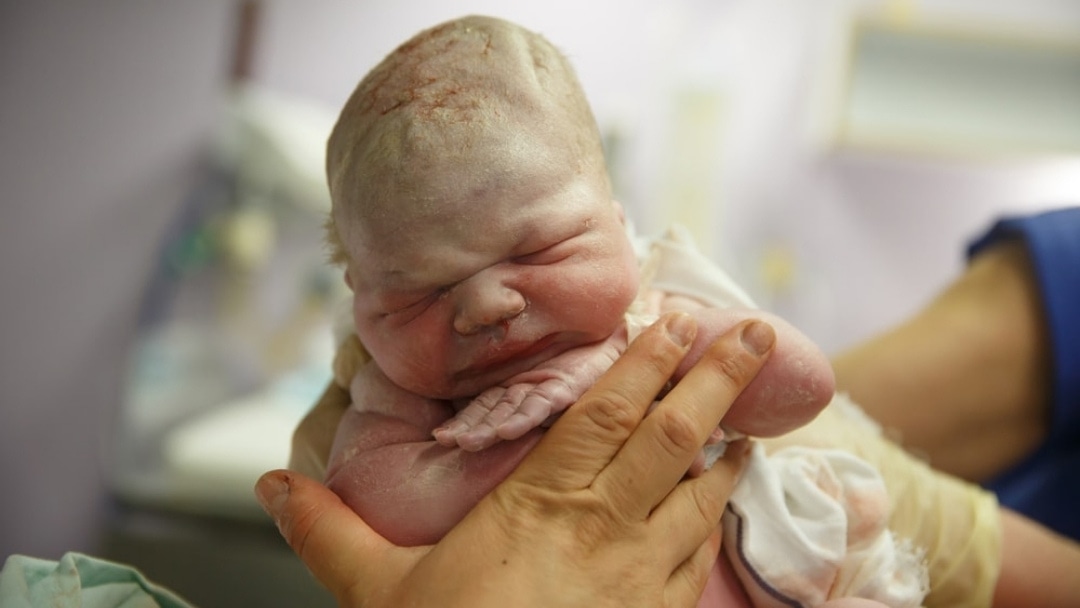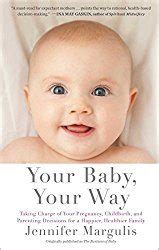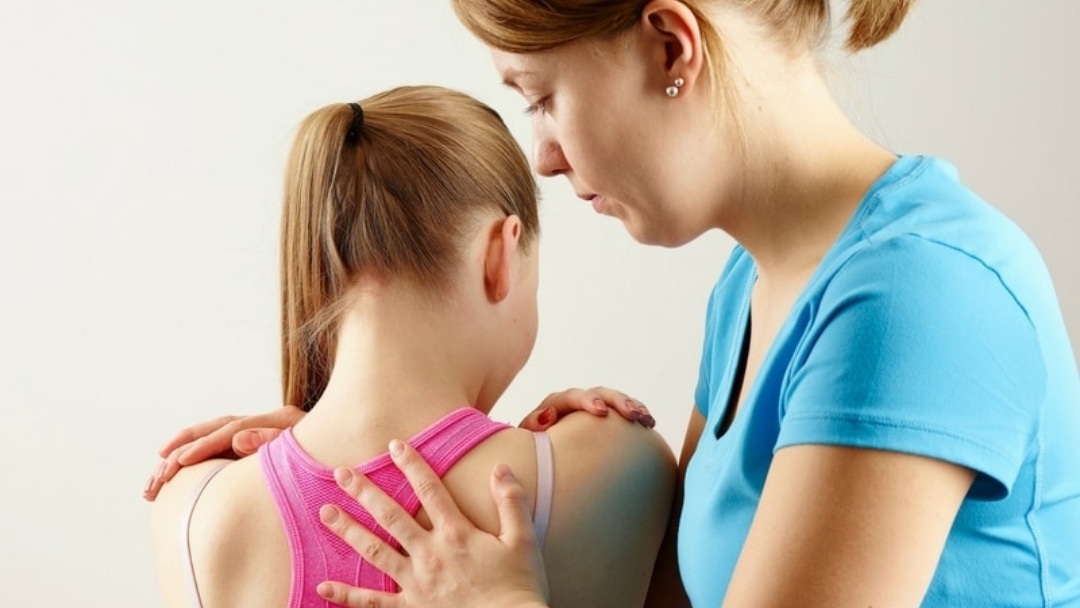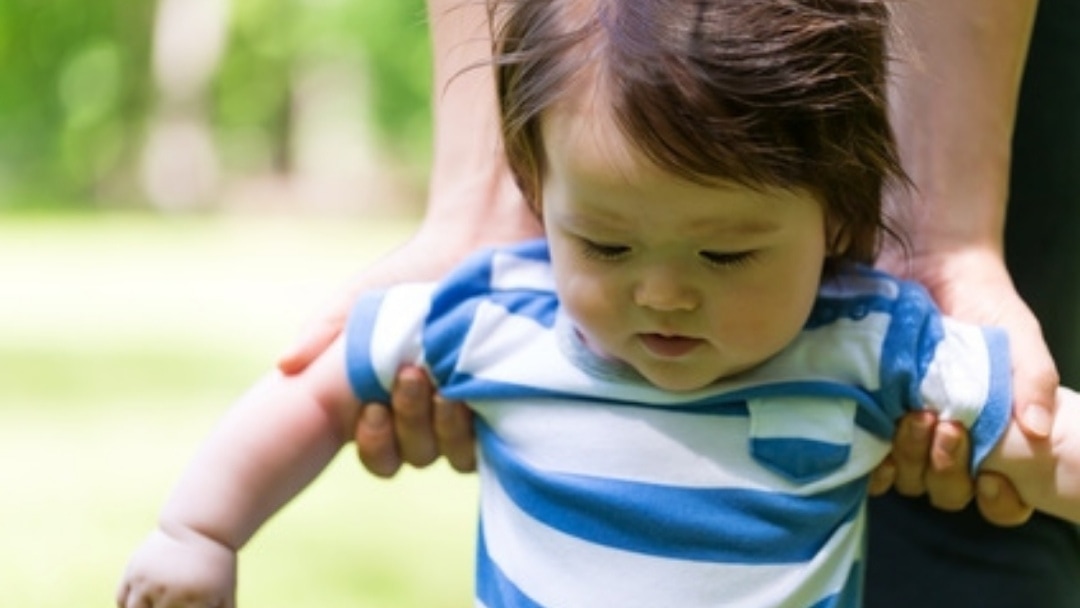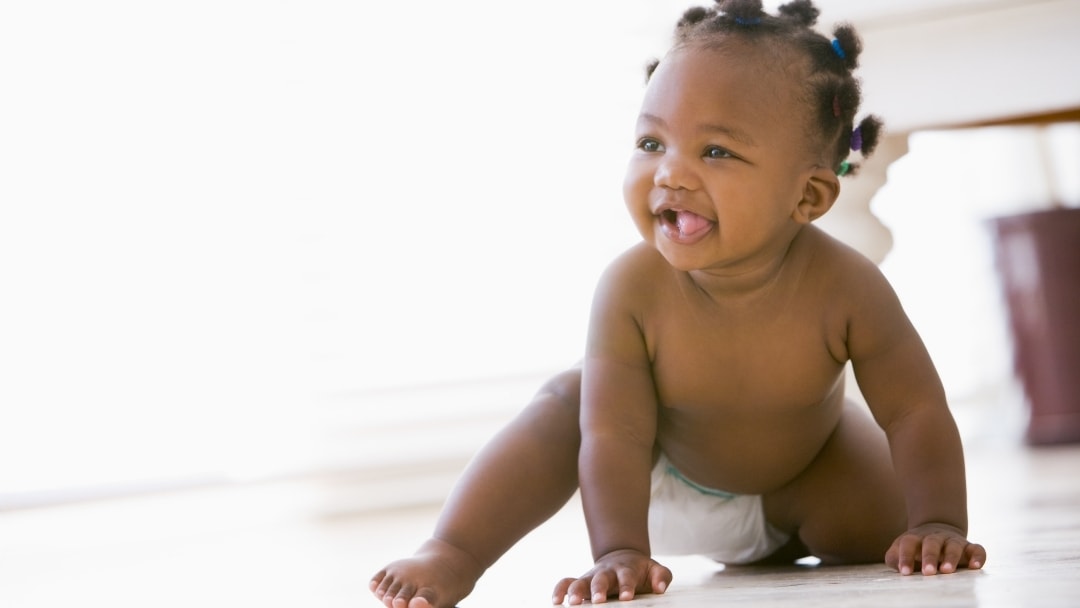In at least 80% of children with developmental delays, including attention deficits, Sensory Processing Disorder and autism, there is a history of birth trauma. In each diagnosis, there are manifestations of various aspects of cerebral dysfunction, which in simple terms means that the brain is not functioning as efficiently as it should.
The brain is contained within the bony skull, which, at the time of birth, is designed to accept the temporary compression of the birth canal, and expand fully when the baby cries immediately after birth. The lower end of the central nervous system is located within the sacrum, the large bone forming the back of the pelvis. This, too, is designed to absorb the compressing forces of the contracting uterus, and then be restored by bodily movements after birth. The vertebral column protects the spinal cord connecting the head and the pelvis.
Labor and Delivery Problems
Problems of labor and delivery may compromise these structural areas and thus disturb the nervous system within, thus interfering with its physiological development. Any of the following could be problematic and lead to birth trauma:
- False labor before real labor begins
- Premature rupture or leakage of membranes
- Induction or acceleration of labor by use of medication
- Presentation of baby in other position than face down
- Very long (> 18 hours) or very rapid (< 3 hours) labor
- Epidural anesthetic
- Forceps or vacuum extraction
- Cord around the baby’s neck one or more times
- Severe slowing of baby’s heart
- Period of uterine inertia, i.e., contractions stop or slow
- Cesarean section delivery because of lack of progress
Birth Trauma Signs
The condition of the newborn baby or infant can also provide evidence of the health of its nervous system. Signs of potential difficulty:
- Delay in sucking of more than 24-48 hours
- Vomiting or spitting up after feeding
- Arched back or throwing head back when held on shoulder or side
- Asymmetrical motion of arms or legs
- Spells of inconsolable crying
- Lack of sequence or missing stages in motor development going from:
- Rolling over
- Crawling flat on floor
- Creeping on hands and knees
- Cruising around furniture
- Walking at approximately one year
Any of these signs in the baby suggest that some areas of the central nervous system have been compromised and that birth trauma may have happened.
It is true that sucking may be established in a day or two or more, and that vomiting may stop in a month or two. The arching of the back and extension of the head may be less obvious when progression is made to standing and walking, but then toe-walking may be apparent.
Children of school age who manifest problems may already have been subject to a variety of medicinal interventions. They may also have perceptual dysfunctions that interfere with visual and auditory skills.
The Need for Osteopathy
These children are in dire need of structural treatment to restore the musculoskeletal integrity of the whole body. A comprehensive osteopathic approach with precise, gentle, restorative manipulative treatment can help these children immeasurably.
The general level of well-being, as well as neurological function, will significantly improve. Adjunct therapies, such as vision and auditory training, tutoring and a well-balanced diet of whole, natural foods with carefully selected supplements will then be far more effective.
Structural dysfunction resulting from birth trauma can be corrected early so that neurological development progresses satisfactorily. Then academic, behavioral and developmental problems can be averted by establishing or restoring optimal anatomic-physiologic integrity. Therapeutic measures can then teach a child how to use the body efficiently.
When you have your next baby, have an osteopathic physician provide a thorough evaluation during the newborn period. This is the essence of prevention.
by Viola M. Frymann, DO, FAAO, FCA, Director, Osteopathic Center for Children, La Jolla, California
Still Looking for Answers?
Visit the Epidemic Answers Practitioner Directory to find a practitioner near you.
Join us inside our online membership community for parents, Healing Together, where you’ll find even more healing resources, expert guidance, and a community to support you every step of your child’s healing journey.
Sources & References
Curran, E.A., et al. Research review: Birth by caesarean section and development of autism spectrum disorder and attention–deficit/hyperactivity disorder: a systematic review and meta-analysis. J Child Psychol Psychiatry. 2015 May;56(5):500-8.
Fezer, G.F., et al. Perinatal Features of Children with Autism Spectrum Disorder. Rev Paul Pediatr. 2017 Apr-Jun;35(2):130-135.
Gardender, H., et al. Perinatal and neonatal risk factors for autism: a comprehensive meta-analysis. Pediatrics. 2011 Aug;128(2):344-55.
Glasson, E.J., et al. Perinatal factors and the development of autism: a population study. Arch Gen Psychiatry. 2004 Jun;61(6):618-27.
Korpela, K., et al. Maternal Fecal Microbiota Transplantation in Cesarean-Born Infants Rapidly Restores Normal Gut Microbial Development: A Proof-of-Concept Study. Cell, 2020.
Kurth, L., et al. Perinatal Pitocin as an early ADHD biomarker: neurodevelopmental risk? J Atten Disord. 2011 Jul;15(5):423-31.
Modabbernia, A., et al. Apgar score and risk of autism. Eur J Epidemiol. 2018 Oct 5.
Qiu, C., et al. Association Between Epidural Analgesia During Labor and Risk of Autism Spectrum Disorders in Offspring. JAMA Pediatr. 2020 Oct 12.
Taige, N.M., et al. Gestational Age at Term, Delivery Circumstance, and Their Association with Childhood Attention Deficit Hyperactivity Disorder Symptoms. Paediatr Perinat Epidemiol. 2016 Mar;30(2):171-80.
Watai,, K., et al. Epidemiological association between multiple chemical sensitivity and birth by caesarean section: a nationwide case-control study. Environ Health. 2018 Dec 14;17(1):89
Willfors, C., et al. Medical history of discordant twins and environmental etiologies of autism. Transl Psychiatry. 2017 Jan; 7(1): e1014.
Zaigham, M., et al. Prelabour caesarean section and neurodevelopmental outcome at 4 and 12 months of age: an observational study. BMC Pregnancy and Childbirth. 2020 (20)564.
Resources
Books
Margulis, Jennifer. Your Baby, Your Way: Taking Charge of your Pregnancy, Childbirth, and Parenting Decisions for a Happier, Healthier Family. Scribner, 2015.
